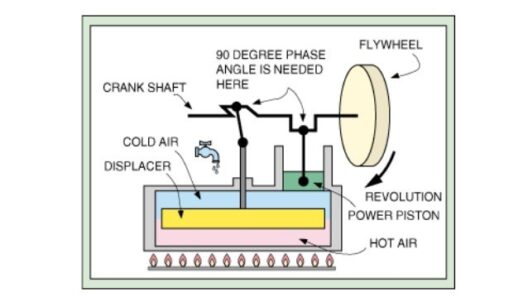In today’s digital age, the inherent convenience of producing documents can often overshadow the significant energy consumption and resource exploitation associated with traditional printing practices. As we grapple with the ramifications of climate change, it becomes imperative to adopt eco-friendly printing methods that minimize environmental impact. This article delves into various strategies for conserving energy and resources when producing documents, ensuring that both businesses and individuals contribute to sustainable practices.
The first step towards eco-friendly printing is understanding the materials involved. Conventional paper production is a substantial contributor to deforestation, water usage, and greenhouse gas emissions. Therefore, opting for recycled paper can significantly mitigate these concerns. Recycled paper utilizes fewer resources and generates less waste compared to its virgin counterpart. Environmental benefits include reduced energy consumption and a decrease in landfill accumulation. Moreover, many types of recycled paper now offer excellent quality, making them suitable for a wide variety of documents.
Another vital aspect of resource conservation involves the ink used in printing. Traditional inks, particularly those derived from petroleum, can release volatile organic compounds (VOCs) which are detrimental to air quality. Eco-conscious alternatives include soy-based and vegetable-based inks, which not only produce vibrant colors but are also less harmful to the environment. By choosing these alternatives, individuals can support sustainable practices and reduce their overall ecological footprint.
Digital proofing methods can also be instrumental in conserving resources. Prior to printing, it is prudent to utilize digital formats to review and edit documents. This practice diminishes the need for hard copy proofs, thereby saving paper and ink. Additionally, implementing a robust digital workflow can streamline the printing process. Such systems enable users to electronically handle adjustments, resulting in fewer misprints and wastage.
When it comes to actual printing, adopting duplex printing—printing on both sides of the paper—offers significant advantages. This technique can halve paper consumption, directly reducing the environmental toll. Most modern printers come equipped with duplex functionality, making this option both accessible and efficient. For documents that do not require high permanence, consider printing in draft mode. Adjusting the quality settings to draft mode minimizes ink utilization while maintaining readability for internal documents.
Furthermore, managing print jobs effectively can lead to substantial energy savings. Organizations should establish a print policy that includes guidelines for when, what, and how documents should be printed. This strategy helps in curbing unnecessary printing, ultimately lowering resource consumption and fostering a culture of mindfulness regarding printing practices. Monitoring and tracking print usage can offer insights into patterns and behaviors that can be modified to further enhance sustainability.
Awareness of energy-efficient printers represents another critical component of eco-friendly practices. A multitude of devices now bear the Energy Star label, signifying their adherence to energy-saving guidelines. These printers are designed to use significantly less energy than standard models, particularly in sleep mode. When procuring new printing equipment, considering energy efficiency as a criterion will contribute positively to both operational costs and environmental stewardship.
Moreover, maintaining printers is essential for optimal performance and longevity. Regular maintenance can lead to reduced waste and improved energy efficiency. Simple actions such as cleaning printheads, using high-quality cartridges, and ensuring that the printer is operated in a suitable environment can extend the life of the device and decrease the need for replacements. An efficient printer operates with greater efficacy while consuming less energy, enhancing overall sustainability.
Document management is another avenue through which resource conservation can be achieved. Utilizing print management software can streamline operation and reduce waste. Such software often includes features that allow users to consolidate print jobs and analyze usage patterns, aiding in informed decision-making regarding document production. By fostering collaborative efforts within organizations to focus on shared documents rather than excessive individual printing, there is potential for significant resource savings.
Additionally, educating employees about eco-friendly printing practices is crucial. Awareness campaigns and training sessions can empower individuals to be more conscientious about their printing habits. They can be informed about proper settings, the role of recycled materials, and the benefits of digital alternatives. Cultivating a workplace culture centered around sustainability not only aids environmental efforts but often leads to reductions in operational costs.
As technology continues to evolve, alternatives to traditional printing methods are increasingly becoming available. For instance, digital signatures and cloud-based document sharing eliminate the necessity for physical copies in many cases. Embracing these technologies reduces not only the reliance on paper, but also the resources involved in their production. The transition towards paperless operations can play a pivotal role in enhancing overall sustainability.
In conclusion, eco-friendly printing is an achievable goal that can significantly reduce energy consumption and resource use. By implementing strategies such as utilizing recycled materials, opting for sustainable inks, and prioritizing efficient printing practices, individuals and organizations alike can contribute towards a healthier planet. The transition may require an initial investment of time and resources, but the long-term benefits to our environment are immeasurable. By fostering a culture of sustainability and making informed choices, we can collectively mitigate the impacts of climate change and protect the Earth for future generations.








